
views
Listening to Djent Music

Understand what djent refers to. "Djent" is an onomatopoetic word used to refer to a guitar tone and a stylized riff used in a particular strain of progressive metal music. The term was originally used by Meshuggah guitarist Fredrik Thordendal, to refer to the kind of tone he was trying to get, but it's now applied by fans (and detractors) of a particular group of bands that use that tone, specifically in main guitar riffs and breakdowns. In the metal community, there's some debate about whether or not "djent" is an actual genre or distinct style, or has any staying power as a style.
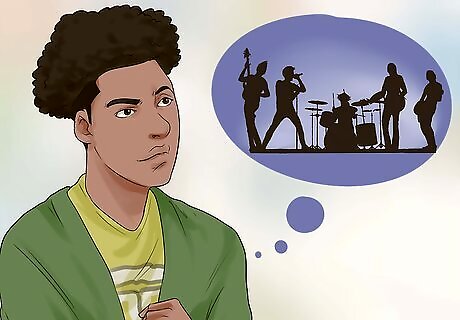
Check out djent bands. Meshuggah is widely credited as the band to popularize and coin the djent tone, though it now applies to a variety of progressive metal, pop metal, and metalcore bands who implement djent breakdowns into the songs. If you're curious about the "djent" sound, check out the following bands: Periphery Animals as Leaders Tesseract Monuments Born of Osiris Cloudkicker Bulb
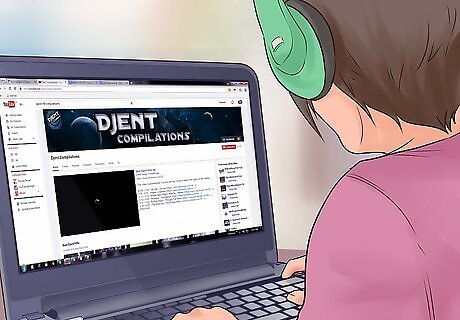
Check out some djent riff compilations on YouTube. If you want to hear the riff specifically to get a sense of the sound that Fredrik was originally referring to, there are a variety of "djent comps" on YouTube that stream together the heaviest and most "djenty" of the djent riffs. It's a good way to do some quick research.

Listen to other types of music for djent influence. Again, the existence of djent as a particular genre is somewhat debatable, and it's primarily a trend that peaked in some metalcore bands between 2010 and 2012. Because of this, there aren't a lot of bands that self-identify as "djent" bands, but you might be able to hear the influence or the style in their music, since it merely refers to a particular tone and style of riff. You might find djent riffs in: Deathcore or straight-up death metal Metalcore, pop metal, or screamo Prog metal or math rock
Getting the Djent Sound
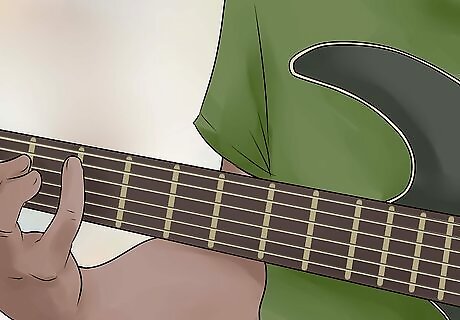
Get a guitar with extra strings. Primarily, the chugging djent riff is played on the lowest string of a guitar with added strings, primarily one down-tuned to D or possibly lower. While it's perfectly fine to play djent riffs of a six-string guitar, having a guitar with multiple strings makes it easier to reserve a particular string to play the breakdown riff without having to sacrifice a particular string to do it. Generally, djent guitarists will leave the six strings tuned to standard (EADGBE), then down tune the lowest string on the guitar to the key that matches the particular song.
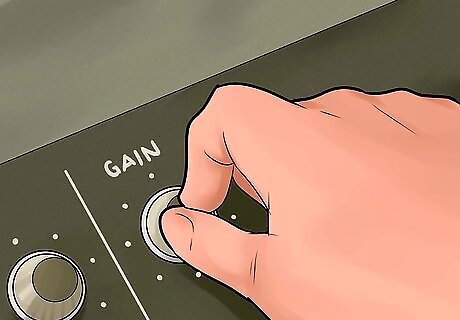
Mind your gain. Contrary to popular belief, the Djent tone is characterized by low gain when compared to other heavy styles. After you plug in your hopefully multi-string guitar, turn the gain up on either a distortion pedal or at your amp to the point where soft playing just barely brakes up and low notes sound almost unaffected. Depending on the amp you use, you generally want to turn down most if not all other effects, especially effects such as delay, tremolo, or reverb. Djent tone is really crisp and dry, so you want things as sharp as possible.
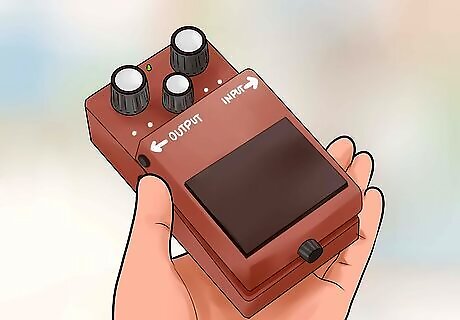
Get an overdrive pedal or effect. For the purposes of playing breakdowns, it's common to get a little volume boost and punch when you're ready to throw down a djent riff during a breakdown. The best way to do this is with an overdrive pedal. Overdrive plus high gain will equal a crunchy tone for djenting. Use a compressor effect, as well, to help keep your signal regulated and your notes at the same amplitude. This helps to keep the djent riff at the same level of all the other notes that you're playing in the song, and the individual notes in the riff equalized. Since it's so percussive, this is an essential pedal in your chain.
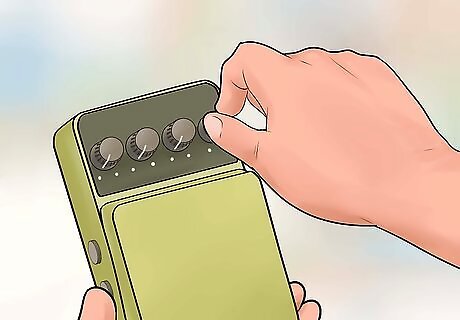
Use a chorus effect or an octave unit. While it's not necessary to play a djent riff, the specific tone of the djent riff is interesting and unique, because it goes both high and low at the same time, even though it's on a single note. Partially, this is a virtue of the low tuning and a result of the microtones and harmony of the guitar, but you can emphasize this effect by using a chorus or octave unit in your pedal chain, with the volume turned quite low. Depending on your rig and guitar, this may be totally unnecessary and kill your tone. If you're happy with your djent-style riffs without either of these pedals, it's safe to leave out of your chain.
Playing Djent Music
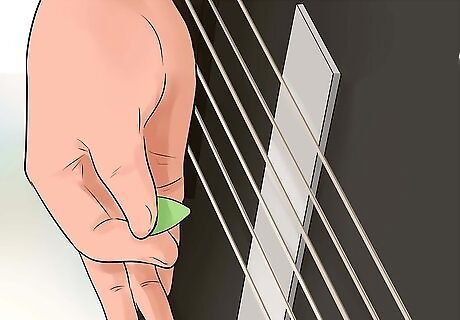
Learn to palm-mute. Palm-muting is essential to djent and most metal riffs. Learning to do alternate picking while muting all the strings on the guitar, or at least the strings you're playing, with the edge of your hand helps you to control the sound and make the percussive chug of the djent riff more prominent. Take your picking hand and rest the space between your pinkie and your wrist on the strings, in between the bridge and neck pick-ups. Do an alternate-picking pattern on the lowest string on your guitar. You're close to djent now.
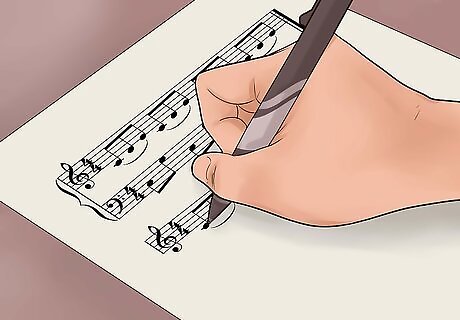
Write polyrhythmic riffs on a single note. Polyrhythms are a common feature of djent, and most progressive or "math" metal. What this means, essentially, is that the riff is played at a distinctly different rhythm from the rest of the music, or the beat as its played. This can be played relative to the verses and choruses, or relative to the drums in the riff itself. If the concept of polyrhythms seems overly complicated, think of it as playing "off-time" riffs instead, as if you and the drummer were playing slightly different songs, but at the same tempo, but working together to create one effect.
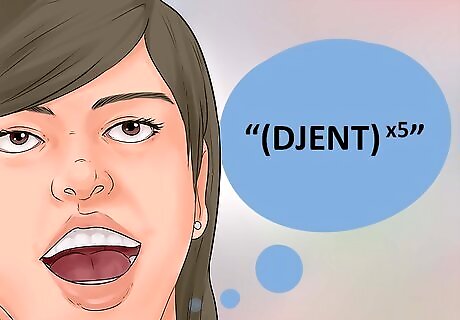
Make it chug. Say the word "djent" five times, fast. That's what you want your riffs to sound like. Think of like you're using your lowest guitar string like a snare drum to play a rhythmic and melodic "fill" that everyone can headbang to. The heavier and the more rhythmic, the better. Most djent riffs feature no more than one or two notes, so it doesn't need to be overly complicated. Most djent riffs are on the lowest string of the guitar, unfretted.
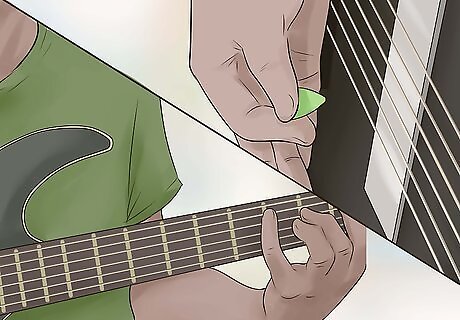
Make breakdown riffs a feature of the music. One of the cornerstones of mathcore is abrupt transitions between the different sections of the song. Djent riff breakdowns typically slow down the tempo somewhat, relative to the verses and choruses. It's typical to start a djent song with the breakdown riff, then speed up to sing the verse, then shift to the chorus, then back to the Sweeping arpeggiated solos Poppy choruses Frequent djent breakdowns and blast beats Abrupt tempo transitions














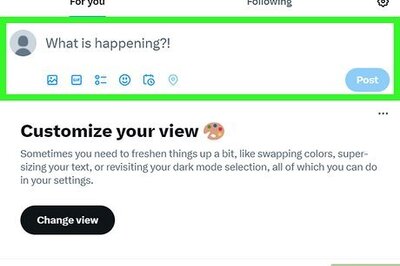


Comments
0 comment